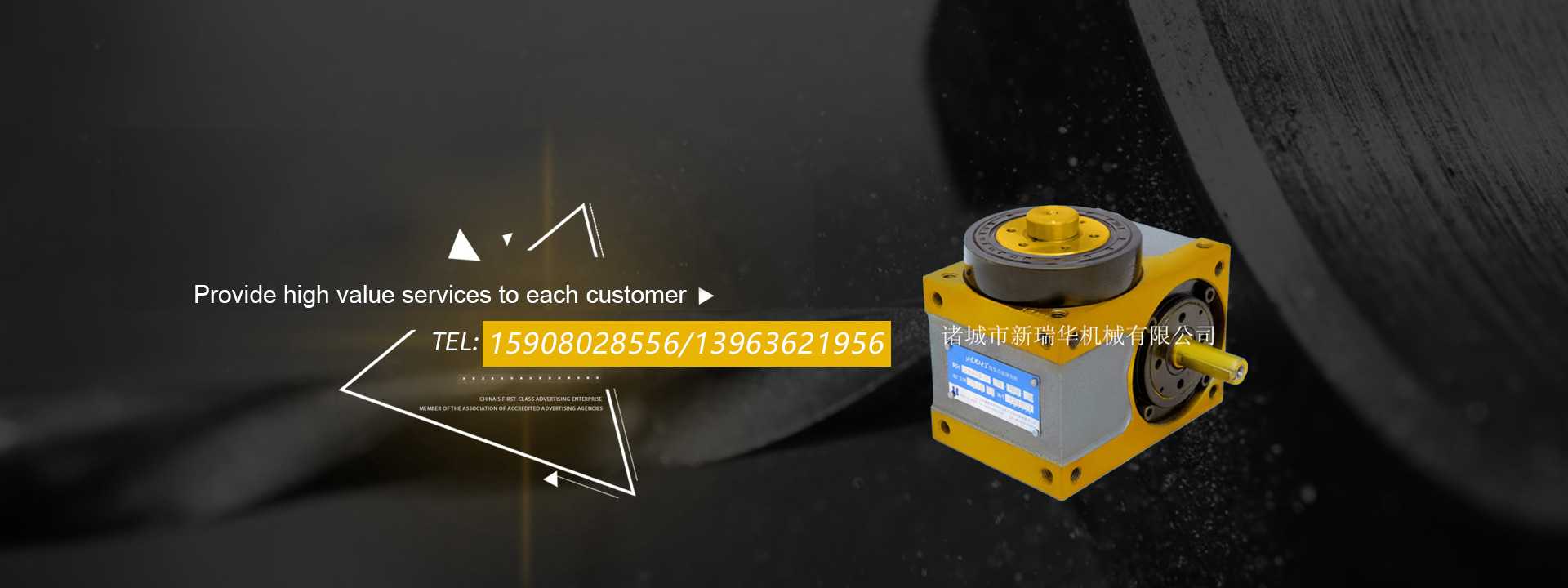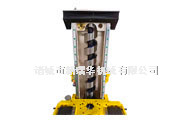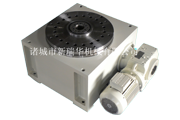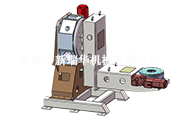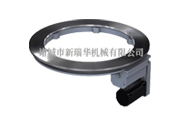A robot is a mechanical device that does work automatically. It can not only accept human commands, but also run pre-arranged programs and act according to principles and procedures laid down by artificial intelligence technology. Its mission is to assist or replace human work, such as production, construction or hazardous work. The seventh axis of the robot is the walking axis. When robots are used in the field of processing and production technology, the seventh axis is needed to complete the transportation and movement of items. Most of the existing robot seventh axes are in the form of trajectories. The robot is placed on the track, and the drive system is used to drive the robot to move on the track to achieve the purpose of transporting and moving items. However, the seventh axis structure of the existing robot has the following defects: when the seventh axis of the existing robot is working on other six axes, the balance of the robot is not good, which makes the processing of the robot prone to deviation and even damage the robot, which is not conducive to the processing and production process and increases the production cost. The seventh axis of the existing robot mostly drives the robot to move on the track, but this will make the positioning of the robot inaccurate, cause the displacement of the robot to deviate, and affect the processing effect and product quality of the robot. In order to solve these problems, the robot seventh axis structure is designed.
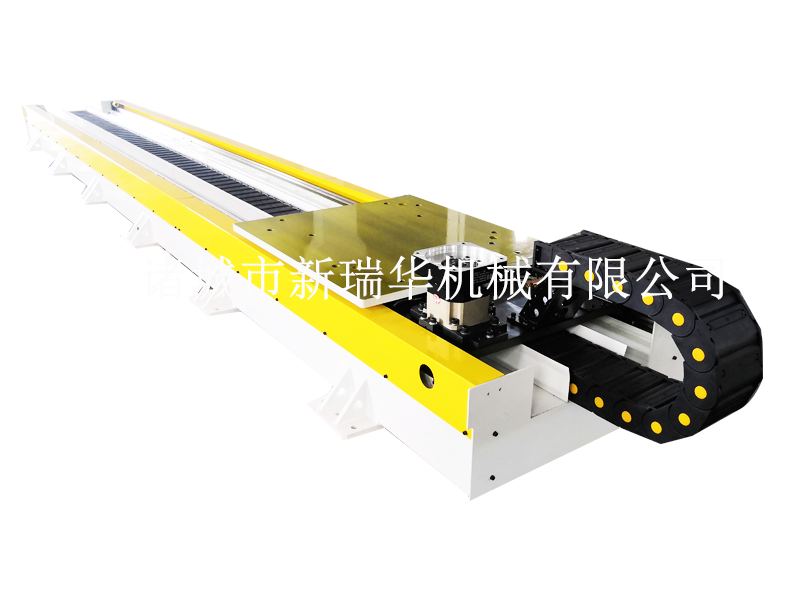
In order to overcome the shortcomings of the existing technical solutions, this paper provides a robot seventh axis structure, which can make the stability of the robot better, prevent the robot processing deviation, and make the movement and positioning of the robot more accurate, which is conducive to improving the quality of the processed products, and is worth promoting. The technical problems to be solved by the utility model are: The seventh axis structure of a robot comprises two parallel tracks, the tracks are T-shaped structure, the left and right ends of the bottom surface of the track and the limit plate are fixed connected into an L-shaped structure, the limit plate is mirror symmetric relative to the track, the body is arranged above the two tracks, the left and right ends of the bottom surface of the body are connected with the track and the limit plate mesh mating parts; The front and back ends of the inner surface of one track are respectively provided with a stepper motor and a first rotating shaft groove, and the front and back ends of the inner surface of the other track are respectively provided with a second rotating shaft groove and a third rotating shaft groove. As the optimal technical scheme of the utility model, the left and right sides of the limit plate are connected with damping pads through damping springs. As the optimal technical scheme of the utility model, the two tracks are connected by two limit rods, which are respectively located above the first rotating shaft and the second rotating shaft.
Compared with the prior art, the seventh axis of the robot has the following beneficial effects:
(1) The tracks of the seventh axis of the robot introduced in this paper are all T-shaped structures, and the left and right ends of the bottom surface of the track are fixed connected with L-shaped limit plates symmetrical to the mirror image of the track. The body is arranged directly above the two tracks. The left and right ends of the bottom surface of the fuselage are connected with mating parts meshing with the track and limit plate, so that the robot body can be closely connected with the track. And it can effectively prevent the fuselage from escaping or deviating from the track, so that when the robot carries out other six-axis activities on the track, the stability of the robot is better, the processing of the robot is more accurate, and the damage of the robot can be prevented, which is conducive to processing and production.
(2) In the seventh axis of the robot, the stepper motor and the first shaft groove are respectively arranged on the front and rear end of the inner surface of one track, while the second shaft groove and the third shaft groove are respectively arranged on the front and rear end of the inner surface of another track. Therefore, the robot is driven by the stepper motor and track, rather than the active movement on the track, which makes the motion control of the robot more convenient, the movement positioning of the robot is more accurate, and the deviation of the robot movement is prevented, which is conducive to improving the quality of the processed products, making the application effect of the robot better, and increasing the production profit.




